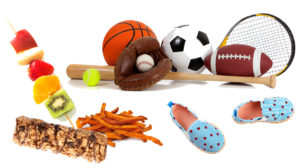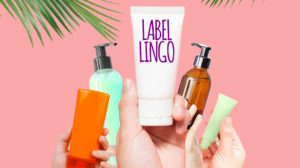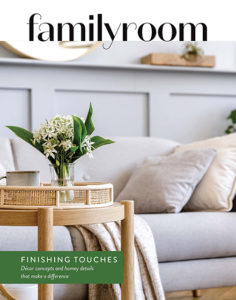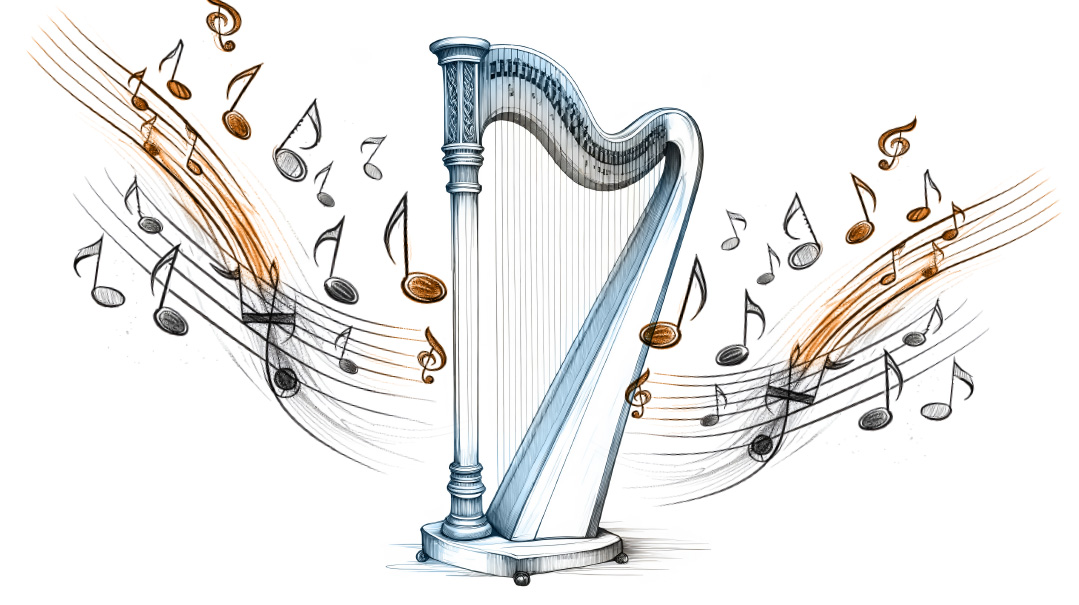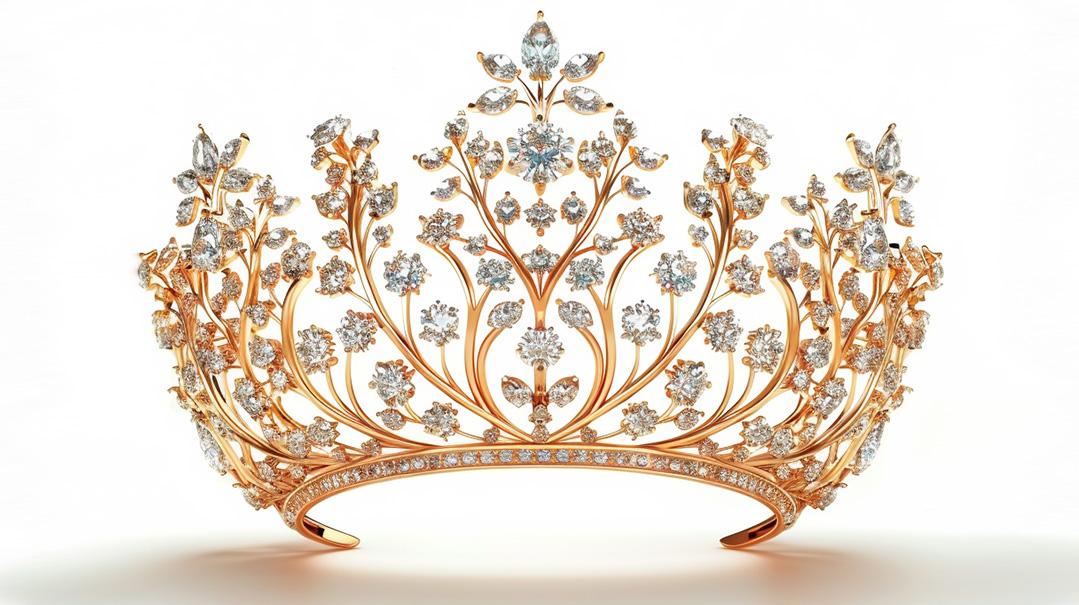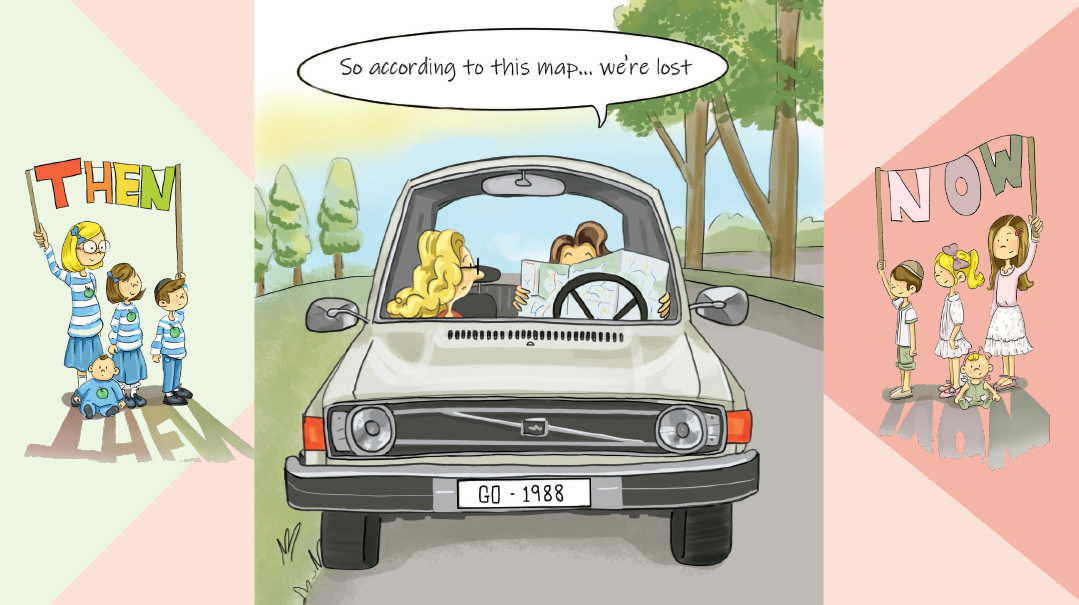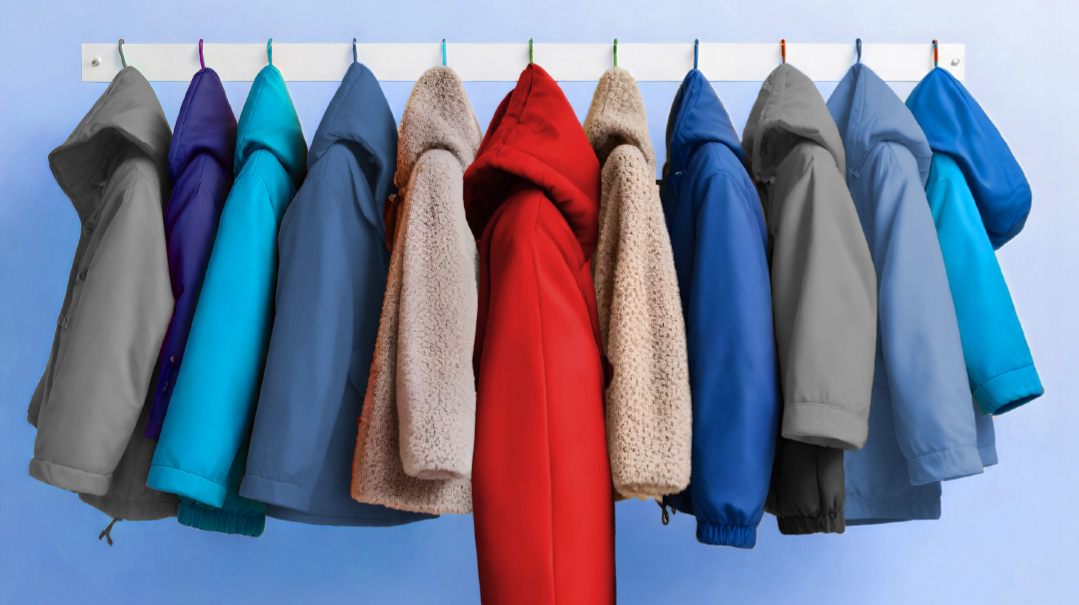Clear The Clutter from A to Z

If you’re ready to create more space and efficiency in your home, here’s your ditch list, from A to Z

Avocado slicers — and all other gadgets; you know the apple corer watermelon slicer melon baller egg separator etc. Unless you use them on a regular basis don’t let all the extras cover your daily favorites. (No more of that dreaded question: “Where’s the peeler?”)
B: Baby bottles — They get stained cracked and often moldy. Don’t clutter your cabinets with too many bottles in between babies. You’re going to buy new bottles anyway with the new baby. The same goes for sippy cups.
C: Containers — “This one is just right for the coleslaw and that one works well for my leftover chicken….” To avoid a container avalanche choose a uniform and stackable container system that fits the shelf not a specific food.
D: Dresses — Think you’re still going to fit into that sheva brachos outfit? (Maybe THIS diet will work...) Only hold onto the clothing you’ve worn in the last two years. When you do lose weight you’ll want to treat yourself to something new.
E: Electronics — The phone you don’t use and the one just in case broken cell phones chargers MP3 players tangled wires cords plugs you name it — you have it! Get rid of electronics and wires you don’t use or can’t identify their purpose.
F: Files — Separate active from inactive papers. After asking an accountant throw away or store (out of sight) inactive tax returns and other files. Set a weekly or monthly time into your schedule to tackle your files. Alternatively try the one in one out method.
G: Gifts — A gift’s expression of love and appreciation was accomplished when it was bestowed. Presently (pun intended) if it has never been used it’s just a space stealer. Pass it on as a gift to someone who would enjoy it or donate.
H: Hardware — Get the boys to work! Sort the nails screws nuts and tools into a tool and screw organizer. Cut back on the excess and only save commonly used or specialty items. If you save all the “just in cases ” they’ll hide the useful equipment.
I: Ingredients — Check what you have in the pantry before going out to buy more. You’ll be surprised that much of your shopping list is already there. Avoid infestation and rid your shelves of products sitting around for too long.
J: Junk Drawer — The best of us have one! (But not two.) Try a sectioned fisherman’s box to organize the useful items in the junk drawer (if you find any). Throw away the rest.
K: Knapsacks — Keep track of which ones your family members enjoy using for school and trips. They’re too clunky to keep hanging around for no reason. Same goes for travel bags and luggage.
L: Linens — The most efficient system is to wash the linens and put them straight back on the beds. Estimate how many sets you need with the maximum guests or accidents possible, and donate the rest.
M: Machines — Often the space the machine is taking up is more valuable than the machine itself — especially if it’s broken. Evaluate all fans, printers, Kitchen Aids, and other countertop appliances, microwaves (please join in…) and other clunky machines in your home and decide if their space is more valuable.
N: Notebooks — Full of scribbles, messages, important information, and even old seminary notes. Hold onto the most recent and toss the others. You’ll never be able to find the scribbled phone number, and it’s more likely that you’ll go to an inspirational shiur in your neighborhood than pick up the old notebook.
O: Oven mitts — You need one pair for milchig and one pair for fleishig. If you’re one of those rare women privileged to have great kitchen help, keep two pairs for each side. Try the compact silicone ones and create more space in the kitchen.
P: Pair-less Socks — Collect all the lone socks in the house and find a volunteer to match them up. Throw out whatever is left. It’s basically hopeless. Try buying the same design for children close in age so you’ll (almost) always have a match.
R: Recipe books — Many recipe books on your shelf only contain a few recipes you actually use. Clip those and add them to your personal favorite-recipe binder. If you’re a real cookbook collector, find a spot outside the kitchen to store all the cookbooks.
S: Sentimental items — “You can’t throw away Aunt Zelda’s hand-knitted booties!” In order to enjoy pictures, letters, trinkets, and all items you’re emotionally connected to, store them in a user-friendly manner. Use durable albums for favorite snapshots and letters, and rotate sentimental items on a display shelf. When that’s not possible, take a picture of the memory and get rid of the item. (Sorry, Zelda!)
T: Toys — Separate the classics and favorites from the junk. Set up a rotational system by putting one third of the toys from the main closet into storage each season to keep the closet functional and the toys exciting. Throw away toys with missing pieces.
U: Unguents — Check the dates on all your ointments in the medicine cabinet. While you’re at it, take stock of the medicines too. (“What’s Aflumycin for?”) Keep only current and commonly used items.
V: Volumes — We’re the “people of the book” but we don’t have to own every volume! Donate your rarely read books to your local library or yeshivah and clear up your shelves for the books in current use (like the cookbooks you removed from your kitchen).
W: Weeklies — No more than three months of magazines in your magazine rack. If you haven’t read it by now, it’s already old news. Clip your favorite articles and store them by topic in a binder.
X: eXtras — Our homes are full of “just in cases,” “what-ifs”, “maybes” and extras — like your oldest daughter’s baby clothes, after three little brothers. What fills up your closets should be items you use and need.
Y: Yucky items — Ratty towels, old shoes, worn-out slippers, sticky containers, rotting furniture, stained tablecloths, yellowed hand-me-downs… If you’ve already updated your collection, make your space more functional by getting rid of the old.
Z: Zoo of stuffed animals — No one plays with all of them. Just keep a few of these scruffy, allergy-laden animals. Same goes for dolls.
(Originally featured in Family First Issue 550)
Yael Wiesner is a professional organizing consultant, founder of the Yael Wiesner Professional Organizing Team, and author of “How Does SHE Manage?” (Feldheim, 2012, 2016).
Oops! We could not locate your form.



